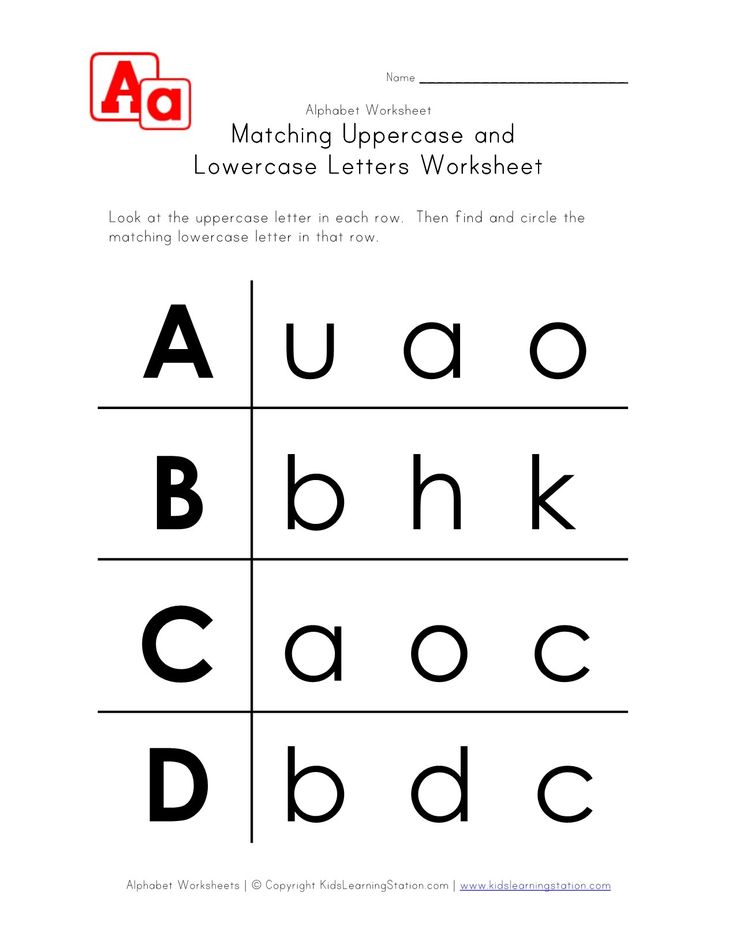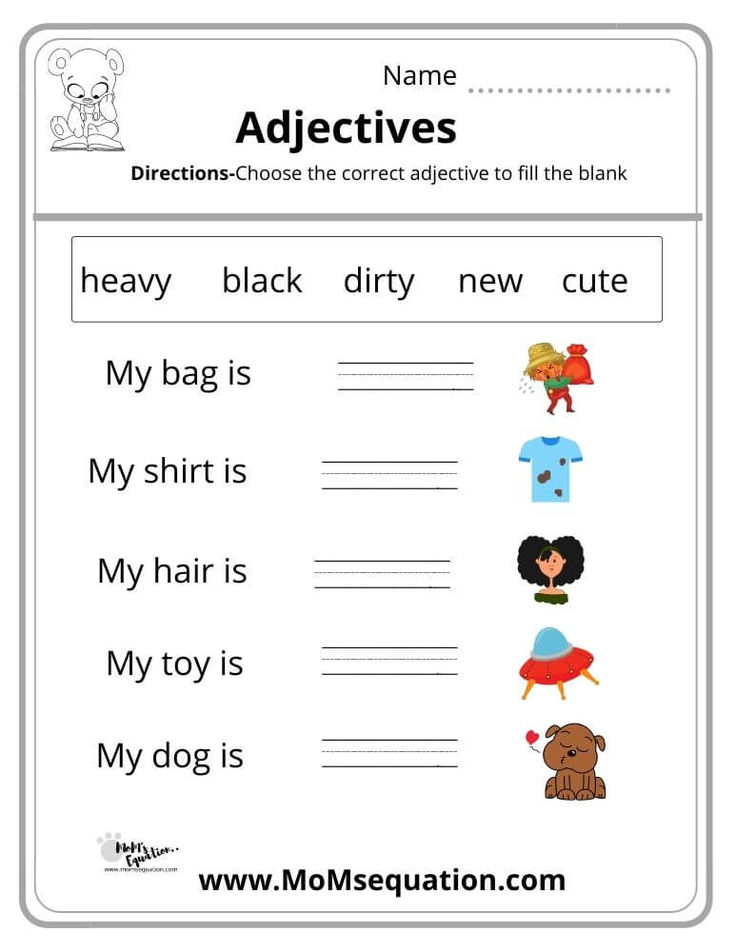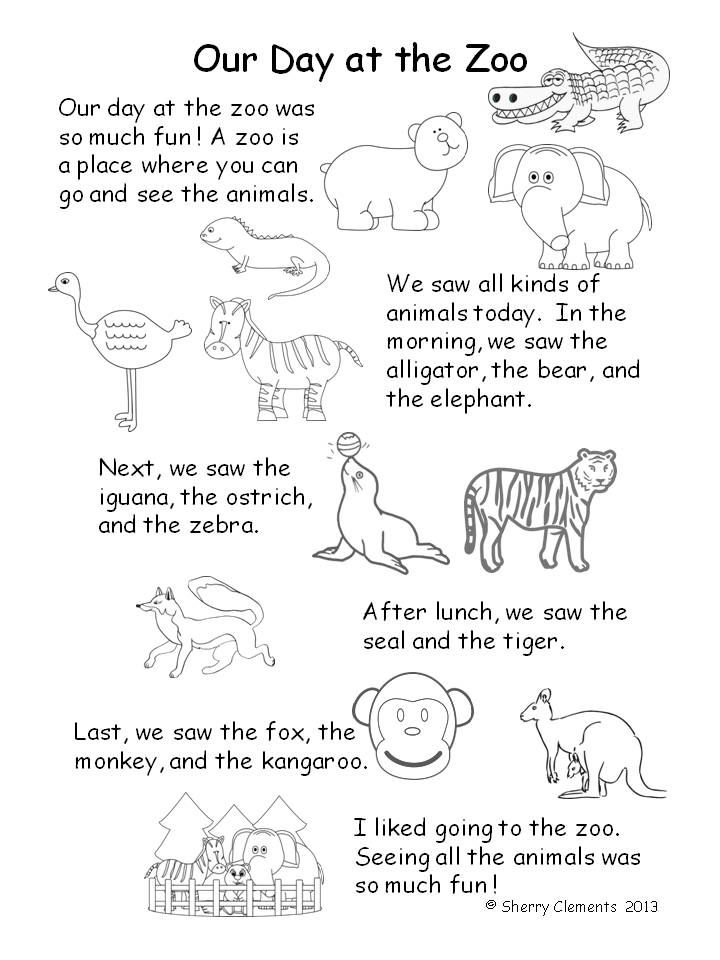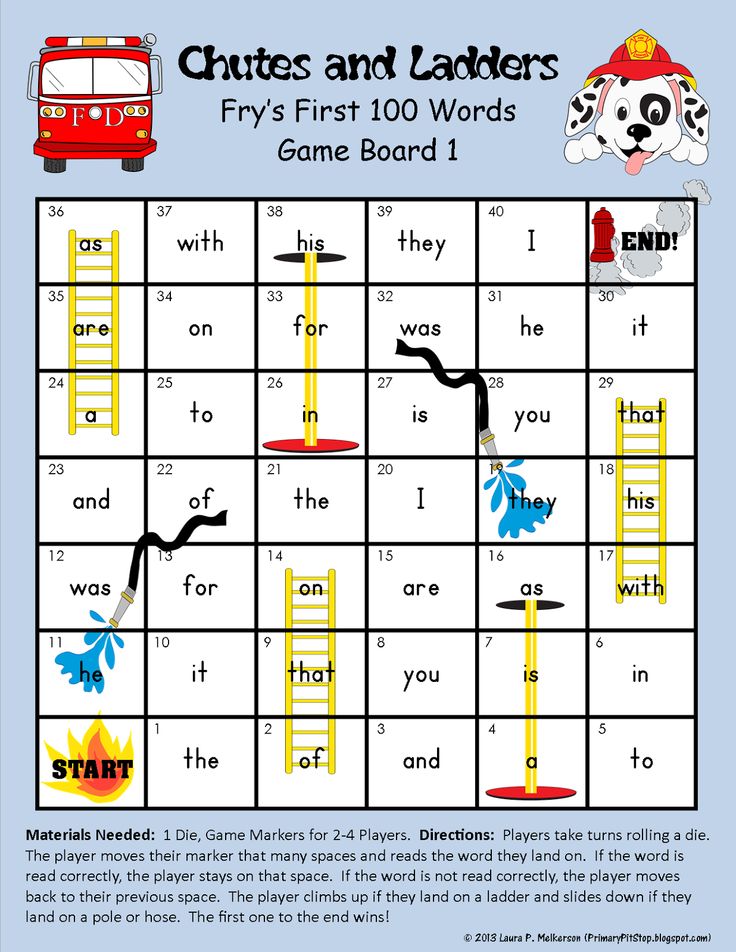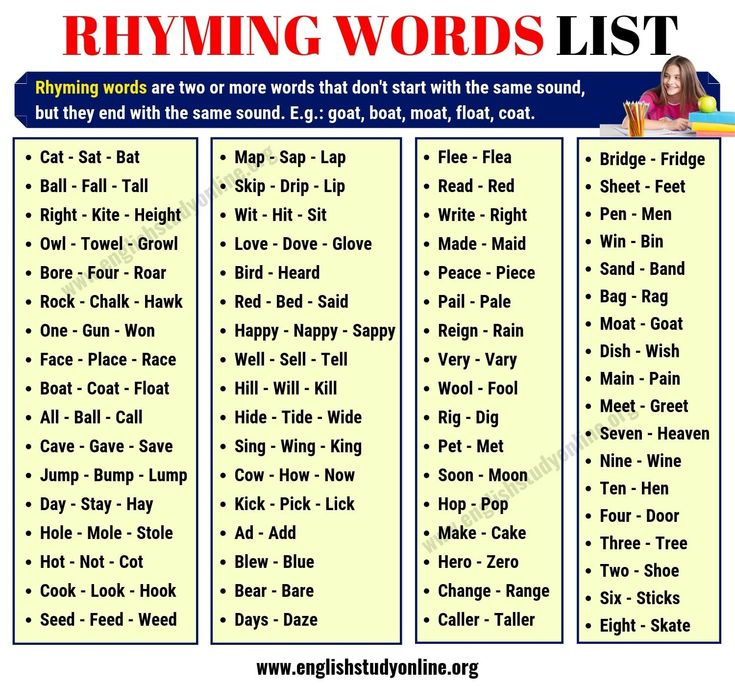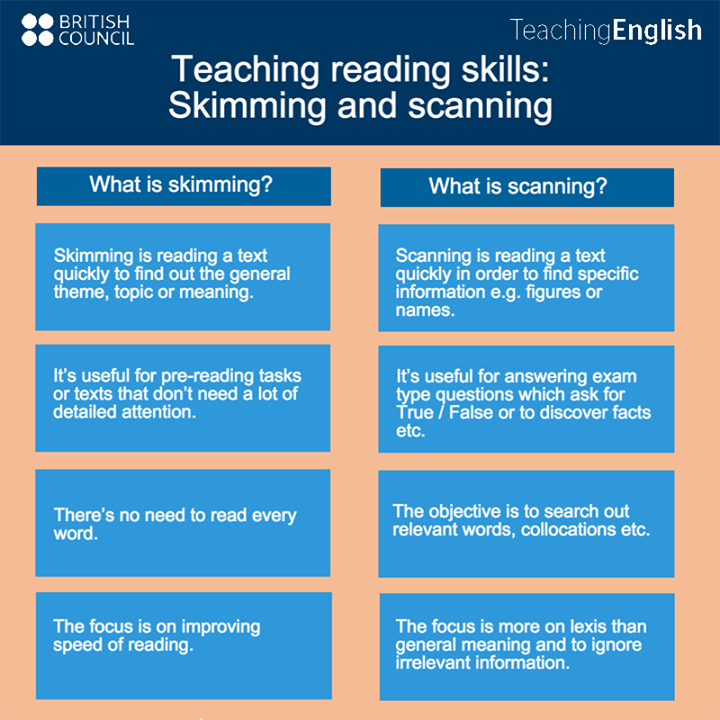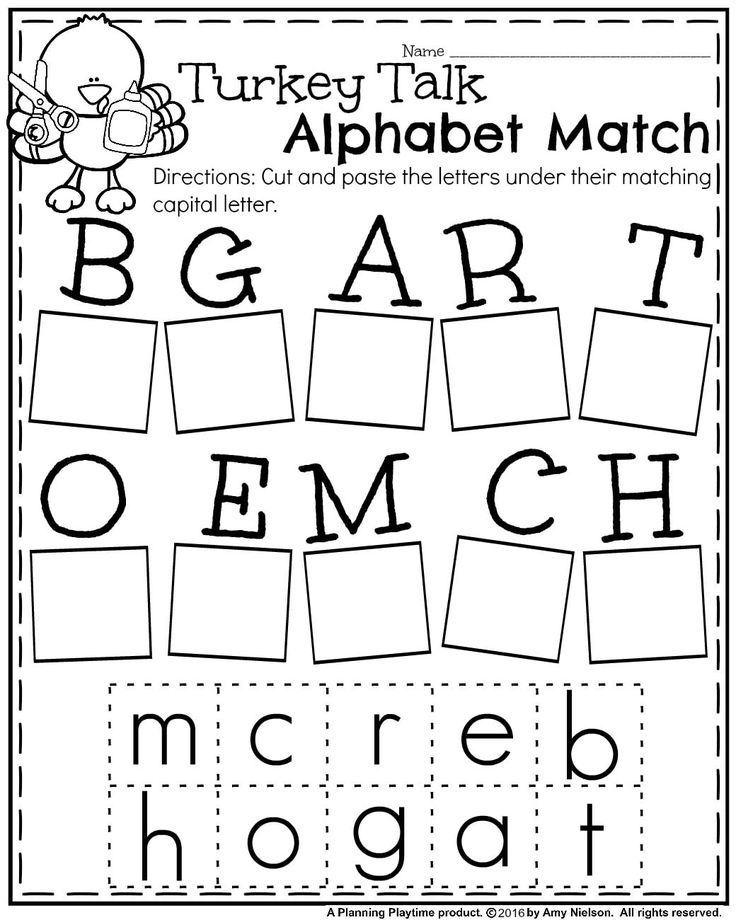Recognize the alphabet
How to Teach Kids the Letters of the Alphabet
72 shares
- Share
- Tweet
Are you teaching letter recognition skills to your children? When it comes to pre-reading skills, Letter Recognition is an important part!
Learn how to teach and help your children learn their ABC’s with these tips and strategies!
If your kids are eager to learn the letters of the alphabet, provide them with a literacy-rich environment which includes letters and words around your classroom or home.
You can also add letters to your children’s play and introduce them to many different letter recognition activities.
What You'll Find On This Page
What is Letter Recognition?
One of the 5 Pre-Reading Skills Kids Need To Be Successful Readers is Letter Knowledge. Letter Knowledge begins with Letter Recognition which is also known as Alphabet Recognition.
Letter Recognition is the ability to recognize and name all of the lowercase and capital letters. Children who know the letters can also distinguish between them.
Why Is Letter Recognition Important?
Being able to say the names of the letters quickly in sequential order will help children learn the sounds more easily.
Sometimes, a letter name will give children clues as to the sound that it makes too.
Kids who can easily name the letters of the alphabet are also more motivated to learn about words and how to spell. They have an easier time learning to read too.
Is My Child Ready To Learn The ABC’s?
Just like learning to walk or potty training, children need to be developmentally ready to learn the letters of the alphabet.
Before they can begin, they need to visually discriminate or recognize the similarities and differences between the different letter shapes.
Children need to able to differentiate between straight and curved lines or tall and short letters.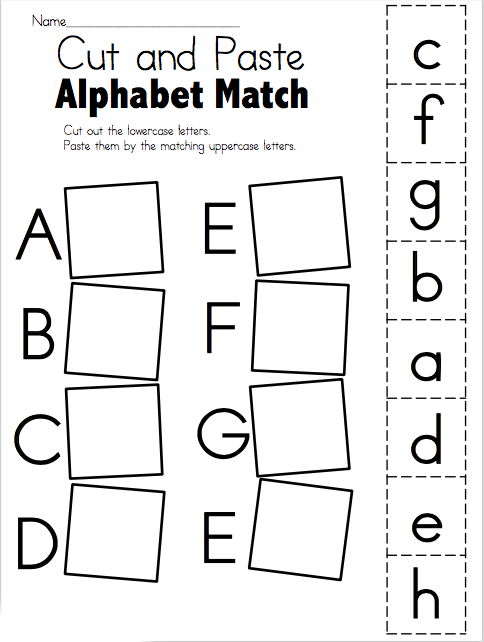
They also need to understand the difference between letters, numbers, and other symbols.
What Order Should The Letters Be Taught?
When teaching your children the letters, you don’t have to introduce them in alphabetical order.
You should start with high-frequency ones like the letters in their names.
The letters in their names will have more meaning to them and give them more chances to practice recognizing those letters in different ways.
When first introducing the letters in their names and the rest of the alphabet, only give your children two unknown letters to work on at a time.
After they have mastered those letters, give them one or two more letters to learn until they know all 26!
Should My Child Learn Capital Letters or Lowercase Letters First?
Young children need to be exposed to both capital and lowercase and will need to learn all of them before becoming a successful reader.
Even though lowercase letters are more common in reading, it’s easier for children to learn capital letters first.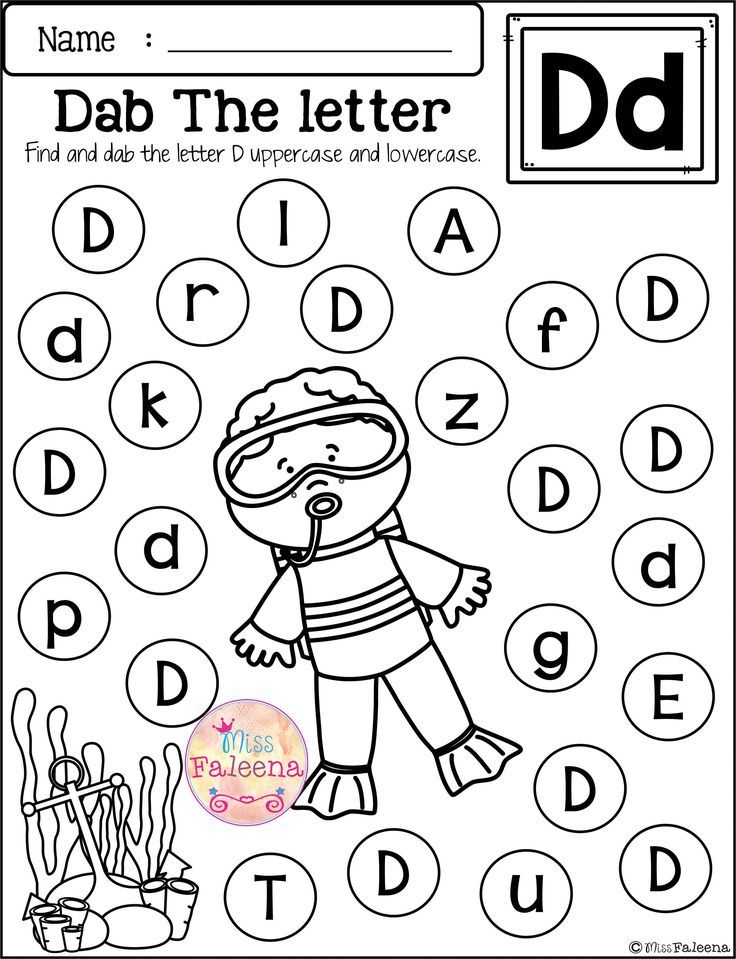
They don’t confuse them like they do lowercase letters, because capital letters are easier to visually distinguish.
If you look at all of the capital letters, the only ones that are commonly mistaken for one another are capital M and W.
When teaching children two letters that can be mistaken for one another such as capital M and W, teach one at a time.
After your children know both letters, give them activities to reinforce the differences between the two such as sorting the two letters.
Letter recognition is an important part of pre-reading! Your children are on their way to learning how to read!
Your May Also Like:
Are you looking for Alphabet Activities to help you teach and your children learn the letters of the alphabet? From Letter Dot Painting to Letter Mazes, there are so many printable activities that will give your children a fun, hand-on way to learn the letters.
These interactive resources will help your kids to work on letter identification, formation, and much more. Click on the picture to learn more about the activities included in this bundle!
Click on the picture to learn more about the activities included in this bundle!
Letter Recognition Resources:
Your preschoolers and kindergarteners can use these letter recognition resources to help them practice the skills that they are learning.
- Letter Recognition Activities
- Letter Recognition Games
- Alphabet Sequence Worksheets from Homeschool Preschool
- Letter Recognition Cards
- Letter of the Week Crafts from Crystal and Comp
How To Help Your Child Learn The Alphabet
One of the first steps your child will take on their reading journey is learning to recognize letters. Before your young learner can start to sound out words, blend syllables together, or master other early reading foundations, they’ll need letter recognition skills.
Maybe you’re just getting started with letter recognition (or looking for some new ideas) and wondering about the best ways to practice with your child.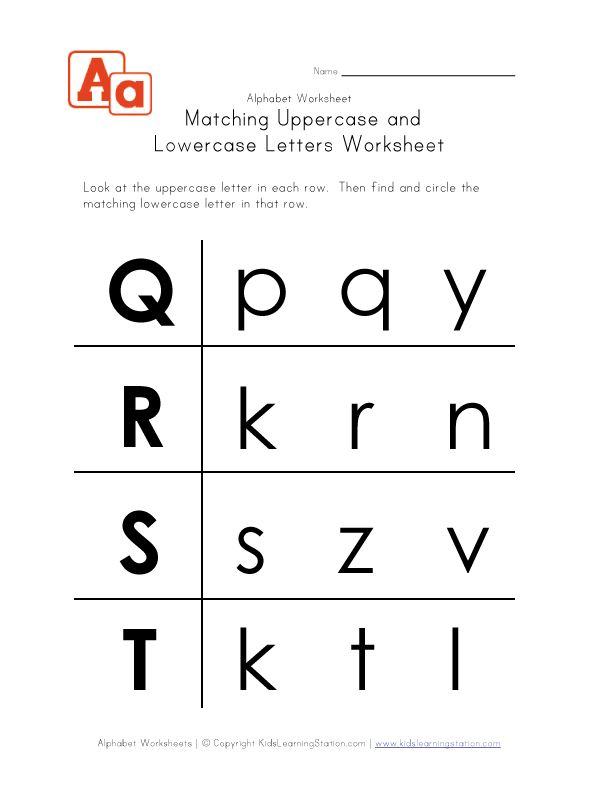 Good news: HOMER is here to help!
Good news: HOMER is here to help!
Letter Recognition: Beginnings
When helping your child learn to recognize letters, it’s good to remember that all children have unique personalities, which means they have unique learning styles, too. This will help you and your child feel confident with their reading and learning development!
That being said, many children may express an interest in learning the alphabet by age two or three. This can manifest in a few different ways. If they have older siblings, your child may ask for “homework” to do while their siblings do theirs.
Around this age, your child may also notice the people around them reading books that look different than theirs. Instead of pictures, these books have lots of words. Your toddler may want to know how to read those “big” books, too!
Since your child likely isn’t enrolled in any sort of formal schooling yet, their initial interest in reading and letter recognition may be light and casual. This is great! There’s no need to rush into it.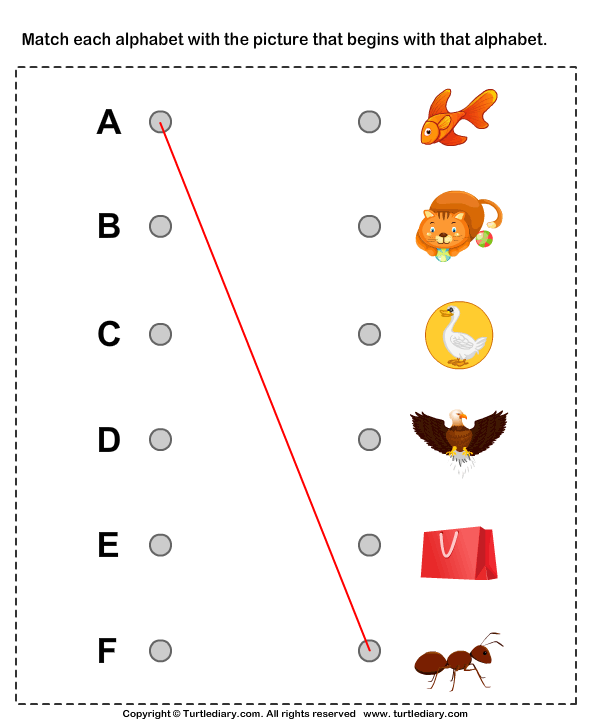
But if you want to expand your child’s letter recognition skills or engage their interest more purposefully, stay tuned for tips on how to help your child learn the alphabet!
Tips For Encouraging Letter Recognition
Prioritizing letter recognition activities that are fun, simple, and engaging for your child is a great way to help them practice consistently and effectively.
There are many ways to introduce the alphabet to your child and help them learn letters or build their alphabetic skills if they’ve already started recognizing letters. Here are some fun and easy ideas you can try from the comfort of your own home!
Read Alphabet Books
Although this technique may seem simple and common, it’s common for a reason — because it’s effective! And, as a bonus, you likely have several alphabet books around your home already.
Repeated exposure to the alphabet sets a strong foundation for your child to develop their letter recognition skills. Starting with the basics is essential to preparing them for more reading activities as they grow and develop.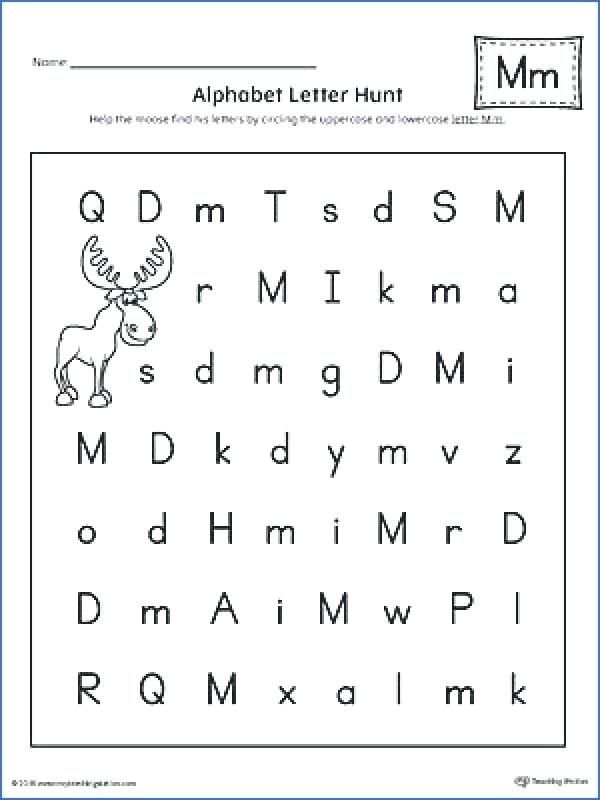
Once your child is introduced to the basics, they can move on to more advanced beginning reading activities.
Touch And Feel Letters
Kids spend all day touching and exploring the world around them. Teaching your child letter sounds can be easier (and more fun for them!) when you engage skills that aren’t just visual or auditory.
Plus, let’s be honest — kids love to get messy! Letting them make a mess with letters offers them a great incentive to learn.
We recommend using anything you have around the house that is malleable enough to turn into letters. Shaving cream, pipe cleaners, PlayDoh, and popsicle sticks are all great options.
Play with your child as they build letters out of these materials (or swipe their fingers through a big pile of shaving cream!). If you want to go mess-free, you can also cut out letters from textured paper (like sandpaper).
Here’s how this method works:
- First, introduce the letter to your child. Trace or make the letter in whatever material you choose.
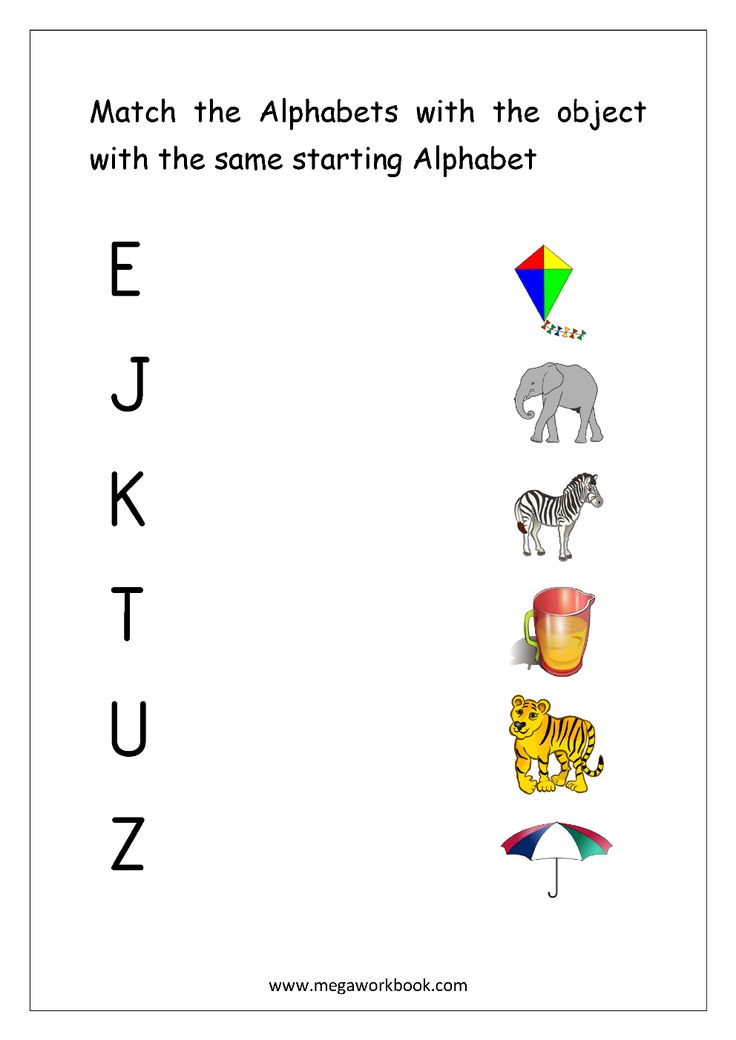
- Next, establish an association for your child. Ask your child to follow along while you draw the letter.
- Once your child has mastered following along with you, you can engage their recall skills. Draw a letter and ask them which one it is.
This activity might take a bit of time and practice, but don’t worry! You and your child will get there.
Explore Names Together
This activity can be effective and useful for helping your child learn letter recognition as well as the names of people on their sports teams, in their school classroom, or any other group of people.
If you want to try this with your child, write down a list of the names of the people in the group you’re focusing on. If it’s your first time doing this activity, consider starting with just your child’s immediate family to make it a bit easier.
Print the names on a large sheet of paper in a dark, easily readable color. Then ask your child to identify letters by saying something like, “Which name has an O in it?”
Change up the letter in question until you cover each name, and then help them tally up all of the letters they find!
To amp up the fun, make a game of seeing which letter appears the most times. You can even make bets beforehand (we suggest banking on a vowel). Whoever guesses which letter will appear most often gets a reward!
You can even make bets beforehand (we suggest banking on a vowel). Whoever guesses which letter will appear most often gets a reward!
This activity helps reinforce two ideas to your child: first, it engages their letter recognition skills by exposing them to the alphabet repetitively.
Secondly, it helps them understand that the alphabet is a code made up of symbols (letters). In order to learn how to read, they must learn how to recognize their letters first!
Create A Personalized Set Of Alphabet Cards
Similar to alphabet books, alphabet cards are an easy, reliable option to help your child learn letter recognition. And while there are many alphabet cards on the market, it’s way more fun to let your child make their own!
If you want to try this activity with your young learner, all you need are some large index cards (blank sheets of paper will work if you don’t have index cards) and lots of fun, decorative materials and supplies (glitter is our personal favorite)!
Simply have your child write one letter on each card and then color and decorate it.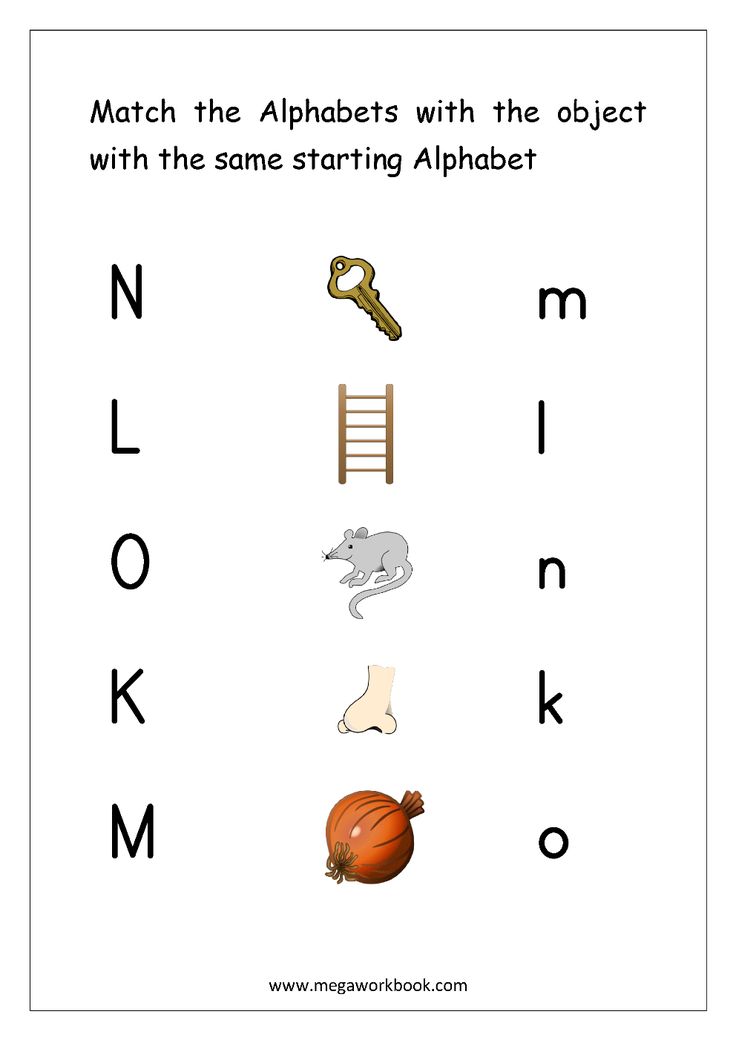 For younger children, you can also write the letter for them and let them spruce it up to their heart’s content!
For younger children, you can also write the letter for them and let them spruce it up to their heart’s content!
This activity is amazing because it allows your child to make their learning highly personal and tailored to their specific interests.
By creating their own cards, your child will be able to exert some autonomy and independence over their learning goals. It may help them become even more invested in their journey toward letter recognition!
Fill In The Dots
One challenge for children when it comes to recognizing letters is understanding what shapes letters are “made” of.
For example, the letter O is often taught as a letter that looks like a circle. Other letters are made up of curves, straight lines, dashes, and all sorts of shapes!
A helpful option for supporting your child’s efforts to recognize their letters is to break down the shapes that make up letters. This is where dot markers (or round stickers) can come in handy!
By utilizing a uniform shape — like a dot — to work through the alphabet, your child can begin to grasp the shape of letters both visually and physically. Understanding how letters are formed can help kids recognize letters more readily.
Understanding how letters are formed can help kids recognize letters more readily.
There are many free downloadable “dot letter” worksheets online that you can use for this exercise. But if you want to create them on your own, simply write out the alphabet in a large script, using empty circles to form the letters.
Your child can then follow along with stickers or dot markers and fill in the empty circles.
Letter Recognition As A Strong Foundation
At the end of the day, practicing letter recognition with your child is all about setting up a strong, solid foundation they can use to launch the rest of their reading and learning journey!
We hope these suggestions come in handy for helping to develop your child’s letter recognition skills. As your emerging reader learns to recognize letters, remember that every child is unique. What works for one may not work for another.
For those days when you need a little extra help, our online learning center is the perfect place to find safe, personalized, and effective activities for your child. Try our free onboarding quiz to get started!
Try our free onboarding quiz to get started!
Author
5 Ways to Learn the Alphabet Quickly and Easily with a 3-6 Year Old Child – Somersault
Before learning the alphabet with a child, it is important to understand what you are not going to do. Namely, learning to read. This is a more complex skill, so it is worth putting it off until the time when the child gets acquainted with all the letters and will confidently recognize them and write on their own. Until then, put off the alphabet and reading by syllables.
In this article, we have put together the basic principles to quickly learn the Russian alphabet with a 3-6 year old child in a playful way. For all games with letters, you can use plasticine, paints and any improvised means or magnetic letters - they will easily attract the attention of the child.
Contents:
- Learn the Alphabet Easily: Basic Principles
- 5 ways to learn the alphabet with your child
- From alphabet to reading
How to Learn the Alphabet Easily: Basic Principles
Each child can find an easy way to learn the alphabet that suits him or her, but there are basic principles that are important for all children.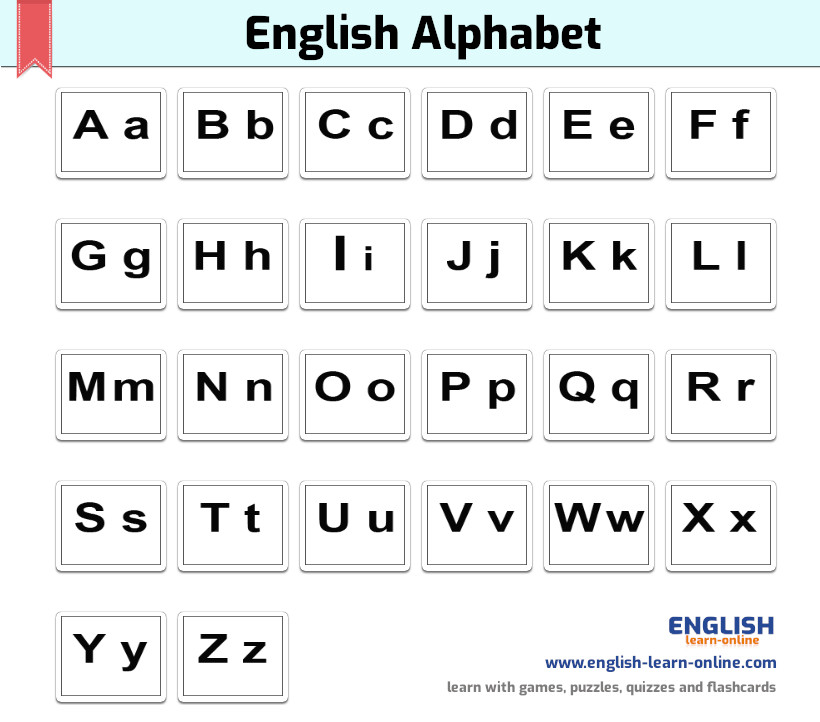 If you do not follow them, study will turn into drill and the child is unlikely to ever love to read. Here are a few such principles on how to properly learn the alphabet for a child. nine0003
If you do not follow them, study will turn into drill and the child is unlikely to ever love to read. Here are a few such principles on how to properly learn the alphabet for a child. nine0003
- Learn sounds first, not letters . At the first stage of learning, it does not matter how the letters in the alphabet are called correctly. Now only sounds are important for the child - "d", and not the letter "De". The names of the letters will only confuse the child, who first needs to learn to recognize the shape of the letters and their sound.
- Not learning the alphabet in the correct sequence . Until a child goes to school, it is of no use to him to know how the letters are arranged in the alphabet. This information will only distract him from what is really important: how the letters look and sound. The sequence of the alphabet can be learned later or even at school, where this knowledge will be tested by the teacher. nine0016
- Do not turn learning into a lesson .
 Learning from call to call is difficult even for children at school, let alone a baby. Therefore, all learning should take place in a playful way and not for long: 5-7 minutes a day to get acquainted with the letters will be enough. Gradually, this time can be increased, especially if the child likes the proposed games with letters.
Learning from call to call is difficult even for children at school, let alone a baby. Therefore, all learning should take place in a playful way and not for long: 5-7 minutes a day to get acquainted with the letters will be enough. Gradually, this time can be increased, especially if the child likes the proposed games with letters. - Use material objects . At the age of 3-6 years, the child learns the world by touch and taste. It is difficult for him to work with abstract letters spoken aloud. Therefore, it is better to stock up on plasticine and paints and create letters that are more understandable to the child and can be touched. Such a game for children will allow the child to learn the letters of the alphabet and he will recognize them in different forms regardless of what they are made of. nine0016
- First vowels, then consonants . Vowel sounds are easier to pronounce, so it's worth starting with them.
The main thing is not to force anyone. If you see that the child is inquisitive, enjoys exploring the world and is ready to learn, you can move on to learning letters and the alphabet. So the child will be happy to learn the alphabet in a playful way and gradually learn to read. So that the game is not abstract, you can use the magnetic letters TUMBLING.
If you see that the child is inquisitive, enjoys exploring the world and is ready to learn, you can move on to learning letters and the alphabet. So the child will be happy to learn the alphabet in a playful way and gradually learn to read. So that the game is not abstract, you can use the magnetic letters TUMBLING.
5 ways to learn the alphabet with your child
1. Use an interesting topic to study
Use your child's interest to spur his motivation to learn. For example, if your kid is crazy about cars, let them be the topic in which you learn the alphabet. Use any words related to cars:
"A" - bus
"B" - trunk
"C" - driver, etc.
You can show cars and their parts, draw or sculpt from plasticine. It is important that the child's focus shifts from learning to doing what they love. Additionally, the method will help expand vocabulary and knowledge about the world. nine0003
2. Cross out a letter of the alphabet in the list
Fill in a small square with arbitrary letters. The task is to cross out only the letter that you are studying. This will help the child focus on one letter and not get distracted by the ones he doesn't remember or don't know.
The task is to cross out only the letter that you are studying. This will help the child focus on one letter and not get distracted by the ones he doesn't remember or don't know.
3. Pulling the letters of the alphabet out of the pouch
The soft-touch magnetic letters are perfect for this method. Put the letters in a bag and give the child the task, without looking, to pull out only the letter that you thought of. Let there not be too many letters in the bag, otherwise the child will get confused. 6-7 pieces will be enough. To start, use letters that are very different in shape, such as "O" and "M". Gradually, the complexity can be increased and searched among similar letters, for example, "K" and "X". Don't forget to praise and encourage your child. You can alternate the learning process with desktops. nine0003
4. Recognize letters of the alphabet by ear
You pronounce a word, and if it contains a hidden letter, the child claps his hands.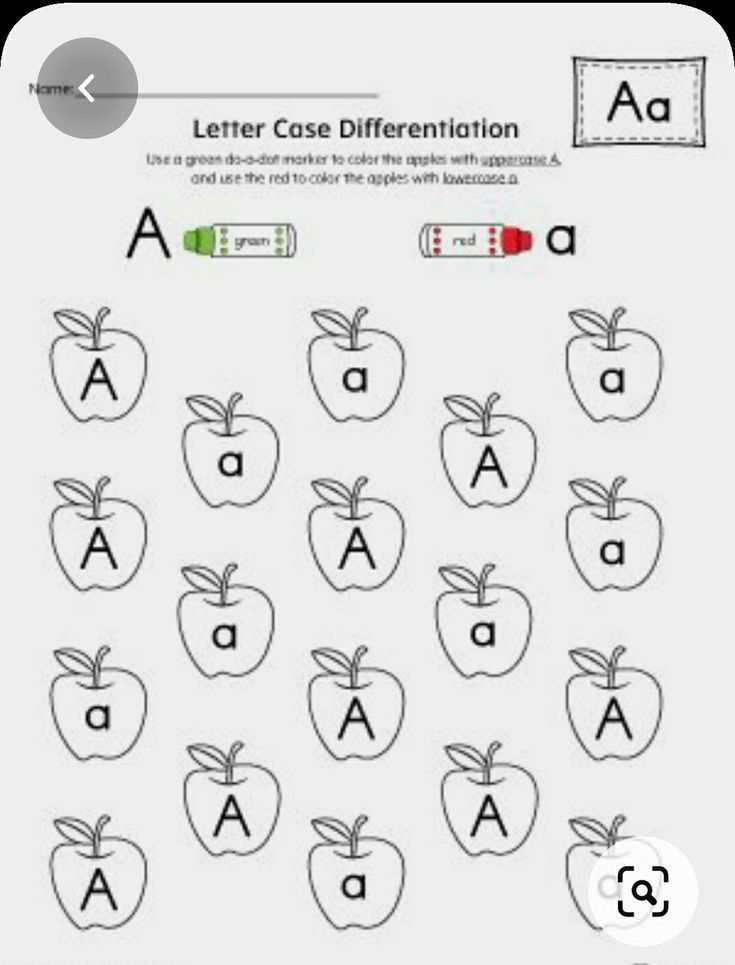
With this game for kids, you can learn individual letters or the entire alphabet. For example, you name a word, and the child inserts its first letter into the insert frame. To stimulate your child's interest, you can use only words from his favorite topic, for example, the names of animals.
5. Guess words starting with the first letter
You choose one letter and think of a word that starts with that letter. For example, the letter "Z":
- What is this animal with big ears and loves carrots?
- Hare!
This game form is again suitable for learning individual letters or the entire alphabet. If you learn only one letter, the child gets used to quickly recognizing it in different words. And if you give words with different letters, the child as a whole learns to understand with which letter they begin. With the study of the account and the English language will also help TUMBLING.
From the alphabet to reading
When a child learns the Russian alphabet, confidently recognizes all the letters in different words and can draw or mold them on his own, it is worth moving on to reading.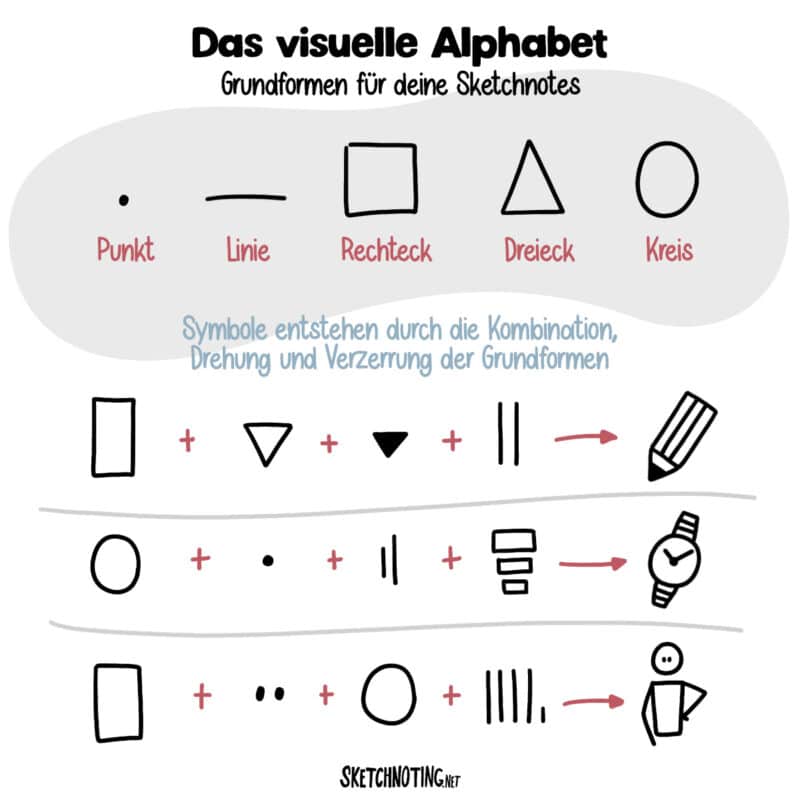 Because you need to learn the alphabet just so that the child can read. If knowledge is not used, it will hang as an extra burden, and by the time school will be forgotten. Therefore, you should not learn the alphabet too early: at 3-4 years old, a child is simply not interested in reading books in order to learn something new. He is more interested when his mother reads. Conversely, by the age of six, the child will be glad to have his own books to read them himself. nine0003
Because you need to learn the alphabet just so that the child can read. If knowledge is not used, it will hang as an extra burden, and by the time school will be forgotten. Therefore, you should not learn the alphabet too early: at 3-4 years old, a child is simply not interested in reading books in order to learn something new. He is more interested when his mother reads. Conversely, by the age of six, the child will be glad to have his own books to read them himself. nine0003
learning to recognize pictures and letters. Born to read. How to make a child friends with a book
Acquaintance with the alphabet: learning to recognize pictures and letters. Born to read. How to make a child friends with a bookWikiReading
Born to read. How to befriend a child with a book
Boog Jason
Contents
Introducing the alphabet: learning to recognize pictures and letters
Three-year-olds will spend a lot of time learning the alphabet.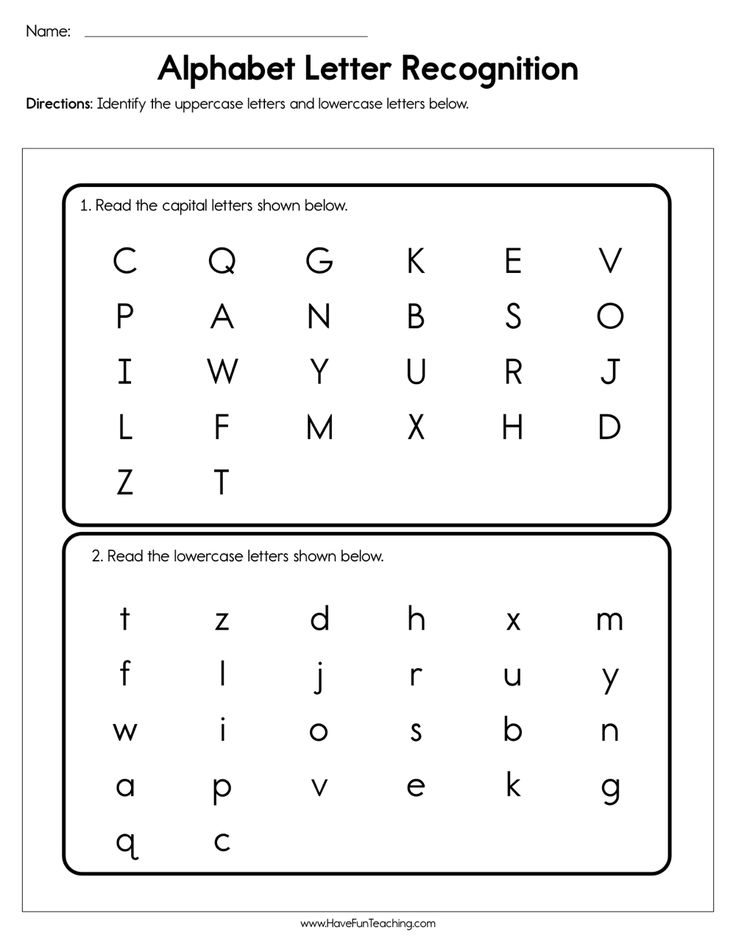 Some can cope with this task faster, others more slowly, and it will not be possible to speed up this process. However, most natural readers start exploring letters early.
Some can cope with this task faster, others more slowly, and it will not be possible to speed up this process. However, most natural readers start exploring letters early.
I once watched Olive study a 26-minute audio version of Curious George and the Alphabet, perfect for a child who is ready to start learning the alphabet and take the first step in learning to read. The story begins with George trying to decipher the obscure symbols in the book, just like a small child learning the art of reading. nine0003
Throughout the rest of the text, George and the man in the yellow hat are diligently learning the alphabet. A person writes a letter, and then turns it into a silhouette of the animal it looks like. The capital "A" becomes the mouth of an alligator, in "d" a one-humped camel is found - a dromedary. The book introduces children to both uppercase and lowercase letters and shows them how to make simple words out of them. We re-read the book many times over a long period of time, and Olive gradually learned the basics of reading along with her new monkey friend.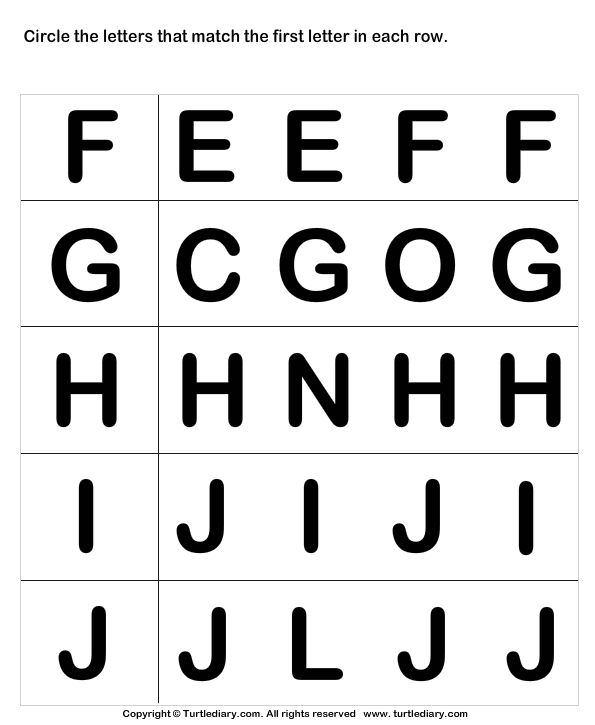 nine0003
nine0003
If you prefer shorter text, I recommend Dr. Seuss's ABCs, a classic book that also shows uppercase and lowercase letters, and with a wonderful play on words.
When Olive started learning the alphabet, she and I went through the Sesame Street series. These videos, available for free and completely legal on YouTube, are short three- to five-minute episodes that help parents control their baby's screen time. nine0003
In my favorite alphabet video, amazing comedian Ricky Gervais sings Elmo a lullaby about the letter "H". Singing a melodic song consisting of such words and phrases as "night", "inseparable friends" and "nightgown", he deafeningly tightens "n-n-n-n-n!", like the lead singer of a punk band. This scream emphasizes the phonetic sound of the letter "H", and at the same time wakes up a dozing muppet. It was the first joke Olive and I laughed at at the same time.
Putting my daughter to bed, I realized that the same song could be sung about any letter of the alphabet.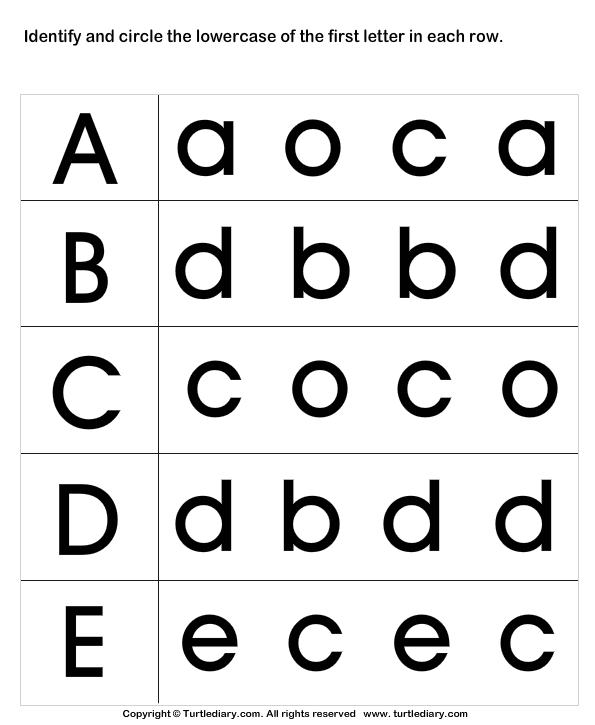 Over the next few weeks, I sang a goofy lullaby to Olive, "dedicated" to such easily vocalized letters as "B", "M" or "S", at the end of which I shouted out the letter. Olive was ready to listen to these songs endlessly. This is how I turned the seemingly thoughtless time spent watching TV into a learning experience.
Over the next few weeks, I sang a goofy lullaby to Olive, "dedicated" to such easily vocalized letters as "B", "M" or "S", at the end of which I shouted out the letter. Olive was ready to listen to these songs endlessly. This is how I turned the seemingly thoughtless time spent watching TV into a learning experience.
This text is an introductory fragment.
nine0058 Thread lettersThread letters With the help of a thread, you can not only draw, but also write. Ask a 5-7 year old child to thread the following letters: "B", "C", "G", "Z", "I", "L", "M", "O", "P", "R" , "C",
Exercise 2 Feeling the letters
Exercise 2 Feeling the letters Tactile children remember better than by ear or even visually.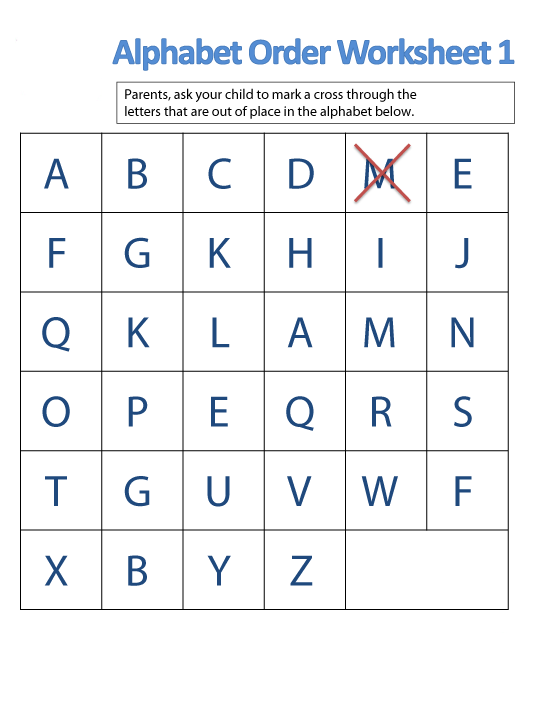 Feeling the soft, fluffy letters gives the kids great pleasure, and soon they will already know the whole
Feeling the soft, fluffy letters gives the kids great pleasure, and soon they will already know the whole
Exercise 8 Rough letters
Exercise 8 Rough letters Prepare rough letters from grainy or velvet writing paper and stick them on thick cardboard plates or planks of blue or pink background, depending on which sound (vowel or consonant)
Constant disappointment reduces the desire to learn new things
Constant disappointment reduces the desire to learn new things If a student fails to complete a task or makes a mistake in it, there is a slight decrease in the level of dopamine in his body. The brain is disappointed: it decided to take an action and expected
A set of exercises for the correct pronunciation of the letter L
A set of exercises for the correct pronunciation of the letter L The mouse is veseo zhia, on pou in the huh spaa . .. Something like this sounds like the speech of a baby up to two and a half years old. Then the sound "l" appears. At first, a soft, uncertain “le”, making the child’s speech childishly funny and naive: “I have from
.. Something like this sounds like the speech of a baby up to two and a half years old. Then the sound "l" appears. At first, a soft, uncertain “le”, making the child’s speech childishly funny and naive: “I have from
A set of exercises for the correct pronunciation of the letter P
A set of exercises for the correct pronunciation of the letter R Being one of the most difficult sounds of the Russian language, the sound “r” causes the most frequent and persistent problems with pronunciation. Starting from all sorts of distortions (burr, nasality), replacement with other sounds and up to
Drawings "She has a handicapped child!" nine0059
Drawings "She has a handicapped child!" Mothers are very careful about the drawings of their children, which in many ways testify to the level of their development. And so much so that all the drawings of kindergarten students are hung on the wall.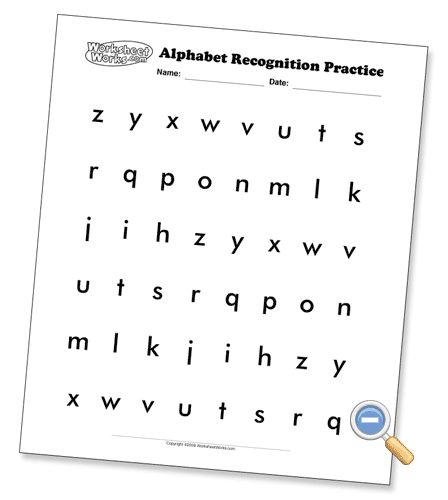 And the teacher, if anything, will turn
And the teacher, if anything, will turn
Support desires - learn new things and learn
Support desires - to learn new things and learn In Jewish families, they do not train result orientation, evaluation. In teaching, cognition, the main thing is not diplomas and certificates, but the very joyful process of learning something new, being surprised by what has been learned, the desire to get to the bottom of the truth. At
Drawings on the mirror
Drawings on the mirror Admit it: you yourself sometimes want to write something on the mirror or draw a funny face. And let's not even talk about children! So let them unleash their creativity, even if it means sacrificing a single
Messed up letters
Messed up letters It is better to play this game together.